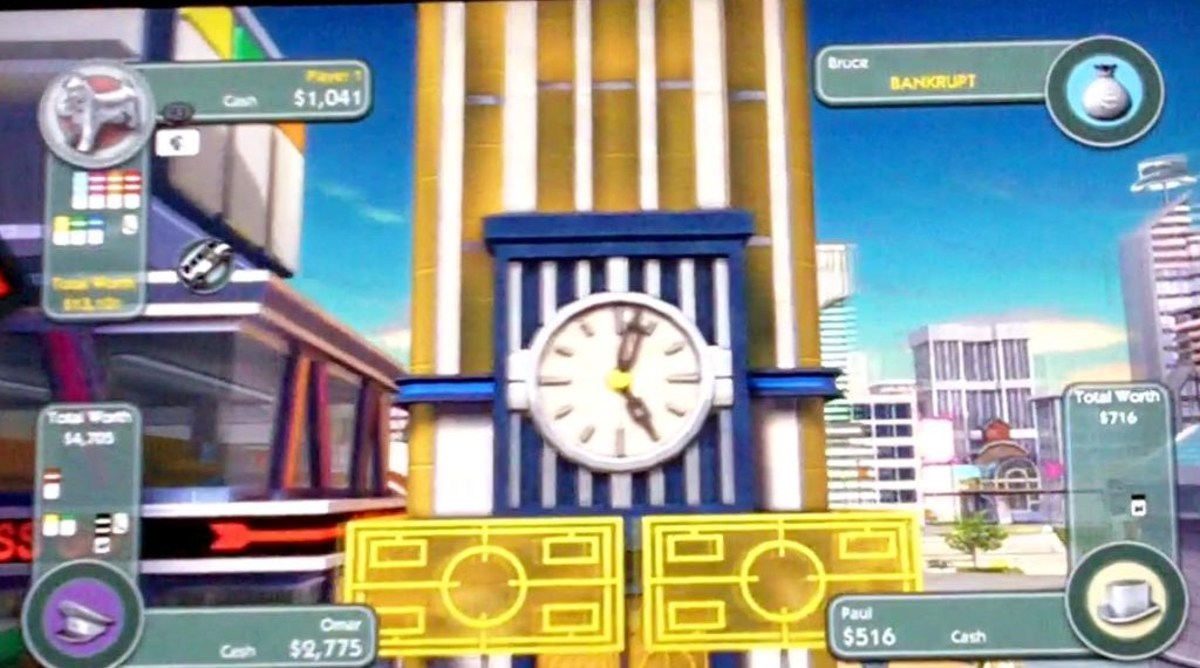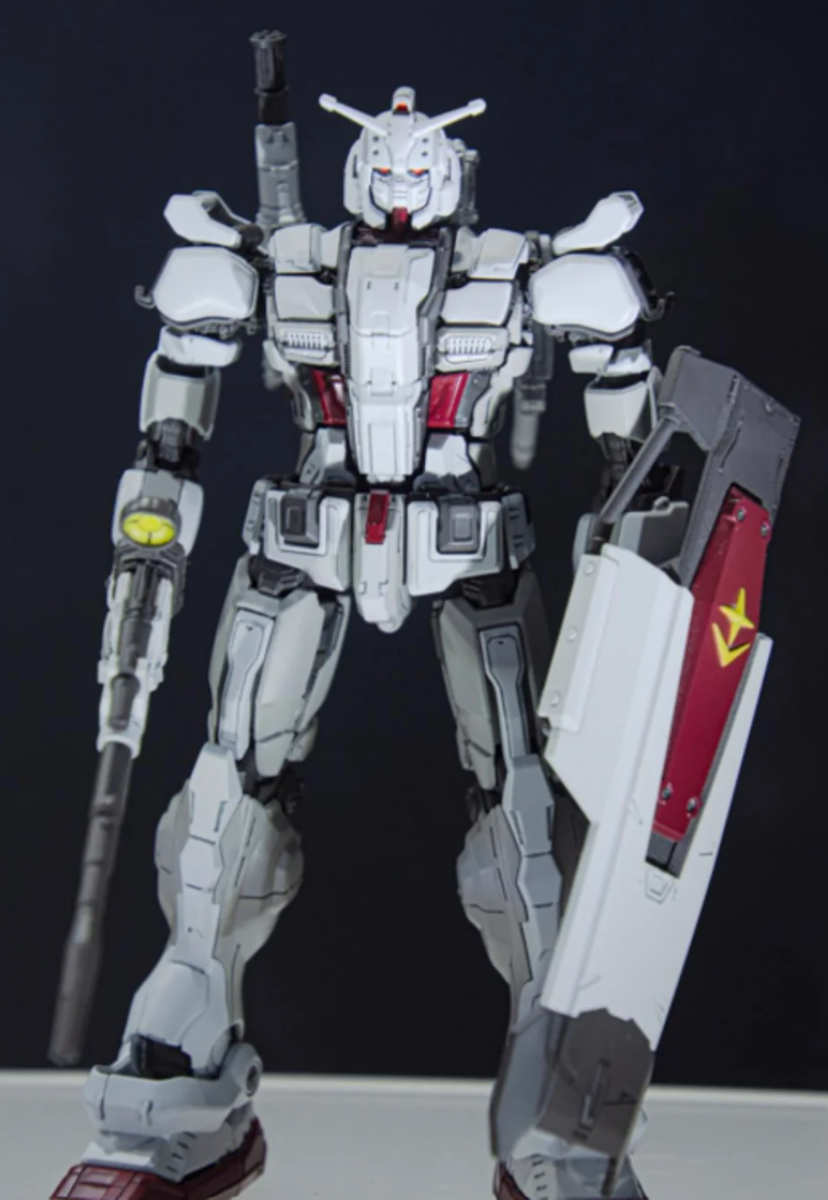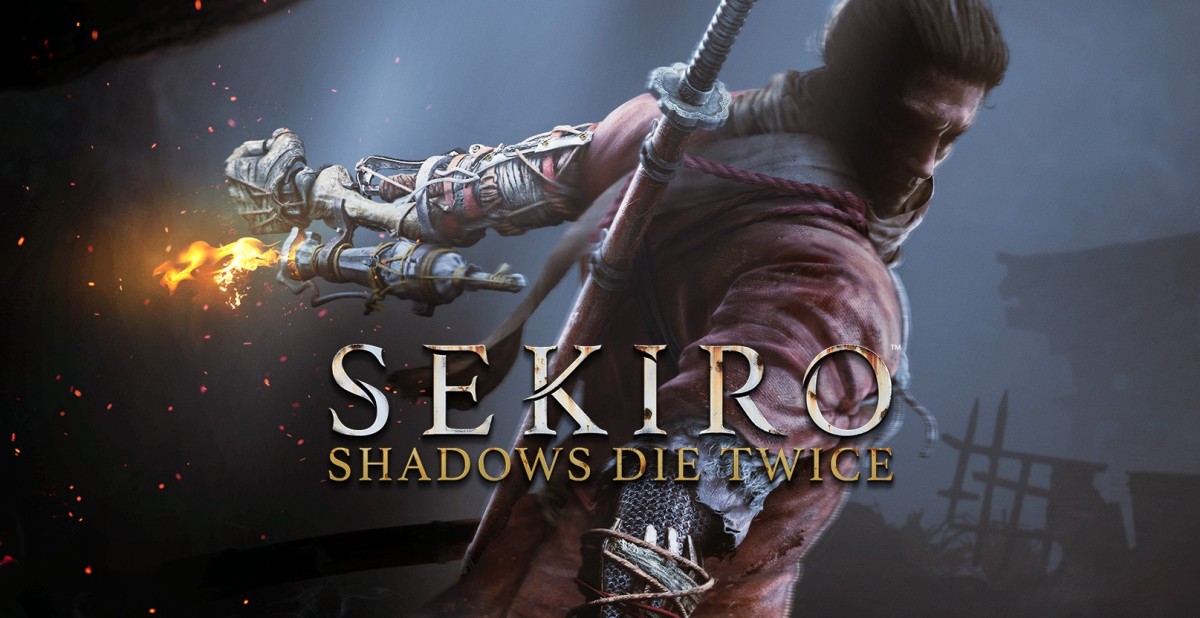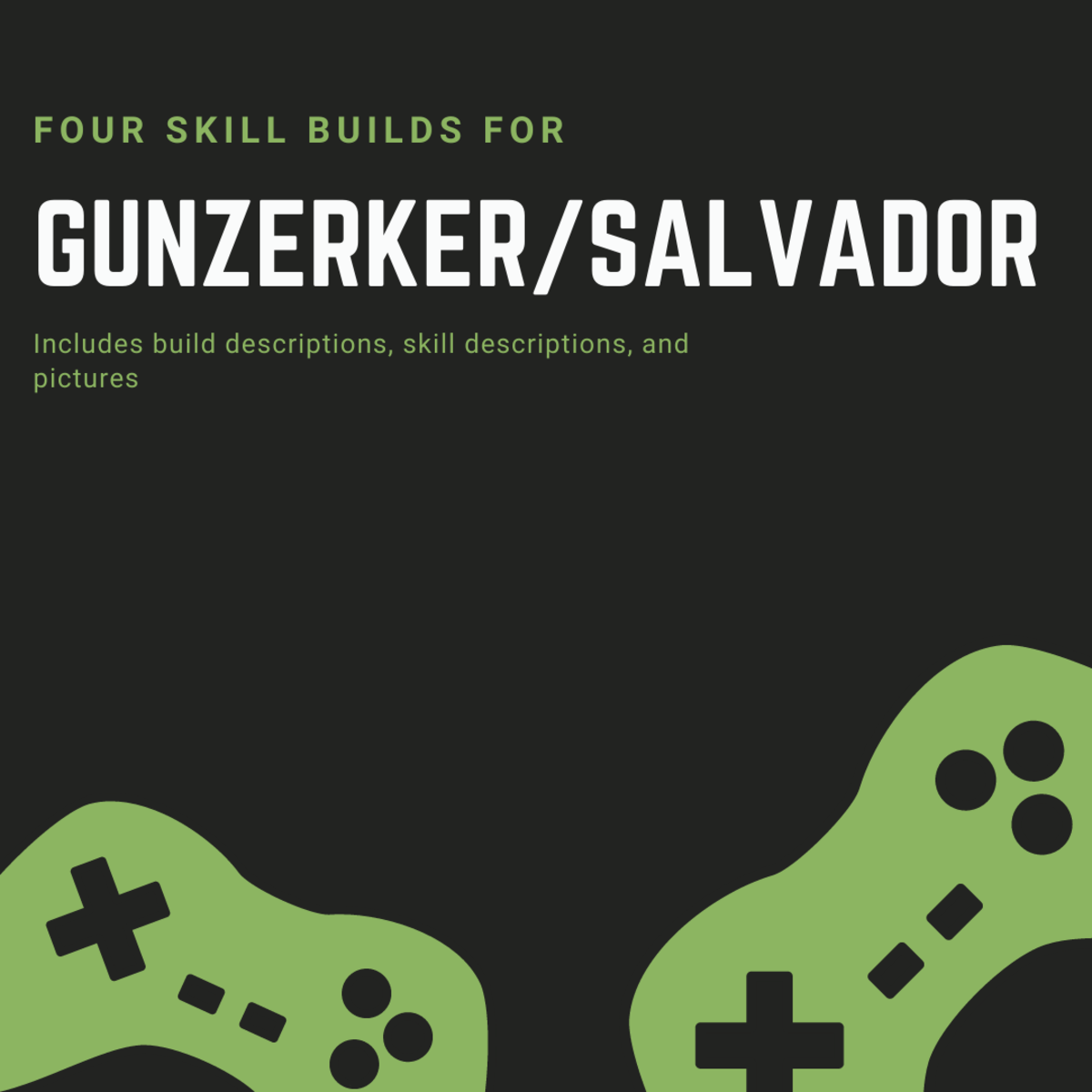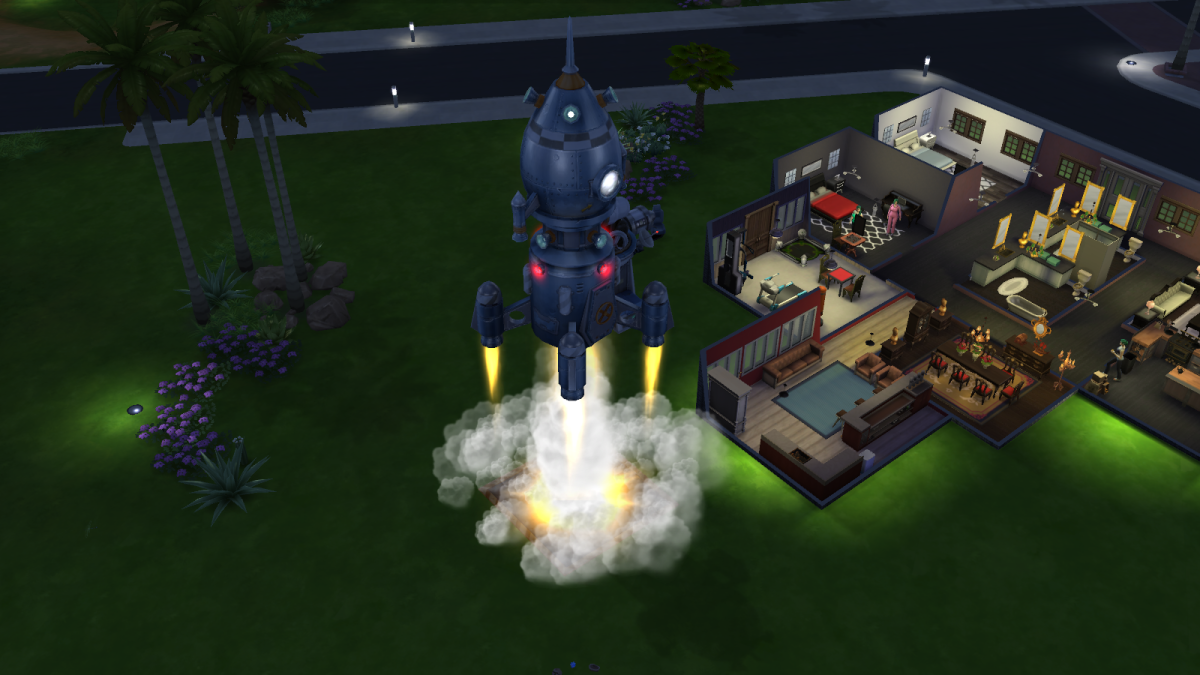Mechanics and Aesthetics

The Importance of Design
Many people think designing a game is easy. You sit around on a beanbag drinking coffee, playing table tennis, and generally living large in Silicon Valley with your gamer friends. Maybe you'll even play some games. Heaven forbid you do any work.
Well, that's a lovely pipe-dream, but I'm here to shatter it. I am Liz, hear me games design.
Designing a game is just like designing an aeroplane - easy if you know how, but to the layman a completely insurmountable task. But I'm here to make that task seem a little bit easier, by explaining the two main pillars of game design, but first let me talk a little about why design is important.
A poorly designed came is instantly recognisable to players. The controls are wonky. The character gets stuck in the floor. You can't pick up that rifle, and enemies walk into walls. If only the designers of that game had taken ten minutes of their life to think about their mechanics and aesthetics!
Gamers will remember bad design. They won't, interestingly, remember good design - they'll just remember your game, and how good it was to play. So by making good design choices you make your game more playable, more recommendable, and ultimately more profitable.
Sold on good design? Let's get going!
What are Mechanics?
Mechanics are, in many ways, the easiest part of a game to design. Because without them, your game simply wouldn't exist. Mechanics dictate the way the player interacts with the game - walking around? That's a mechanic. Shooting? Another mechanic. Thinking with portals? At it's core, it's just another mechanic.
Mechanics should be simple, easy to pick up and use, and above all make sense to the player. You wouldn't include a mechanic which involves pressing all the buttons on the controller at once to pull off a super-move applicable only when the character is underwater - it's complex, it's silly, and it doesn't make much sense to the player ("Why do I need to use all these buttons?! Argh!")
I'd like to introduce, for those of you who haven't heard it, the KISS method of design - Keep It Simple, Stupid. If a mechanic is not simple to understand ("Oh, push button open door, I get it!") and not simple to use ("I'm pushing the button, and the door opens! Magic!"), the player isn't going to understand how it works. If they don't understand how it works, they're not going to use it. If they don't use it, then congratulations, you've wasted your time creating something completely defunct. Keep it simple, stupid.
What are Aesthetics?
If mechanics give your game substance then aesthetics give your game soul - they dictate the 'feel' of your game, everything from art style to the chill (or thrill) the player gets when a monster appears.
When asked what your game is like, people will most often describe the aesthetics rather than the mechanics (for example, people will say something like "its hugely exciting, fighting those enemies" rather than "well, you run and shoot a lot" when you ask them what the game is like to play).
Take, for example, two titles developed by the same developer which are very similar in mechanics - Skyrim and Fallout. If you strip back the aesthetics you'd arrive at the same design - running, exploring, side-quests, etc. So you see how important aesthetics are!
Most people will only consider things like their art style and the in-game sound effects, and that's fine, but you'll also want to put some effort into trying to engineer how the player will 'feel' at certain points in your game - crucial if you're designing a horror. This can be done in a number of ways, but the simplest way is to manipulate your other mechanics and aesthetics to try and elicit a certain feel from the player.
Mechanics AND Aesthetics?
That's right - I've talked about them independently, but mechanics and aesthetics are actually two inter-related elements of design. I said they were the 'pillars' of game design, and neither one on their own will hold the ceiling of a good game up. So you need both.
For example, your aesthetics can inform your mechanics. You often start game design with mechanics but it's interesting to start from the aesthetics and work backwards - e.g. we want the player to feel scared, so let's make the gun jam up every so often. Bam, you've just combined mechanics and aesthetics.
Just as likely, your mechanics can inform your aesthetics. Have an escort mission mechanic? It'd be better if the player cared about that character they're escorting, wouldn't it? And so, your mechanics have informed your aesthetics.
Hopefully you can see how mechanics and aesthetics work together to create a better play experience. Happy designing!

